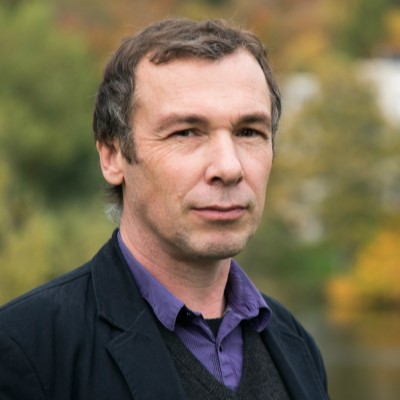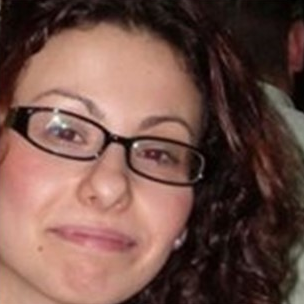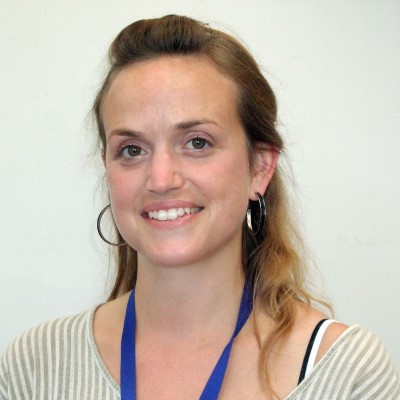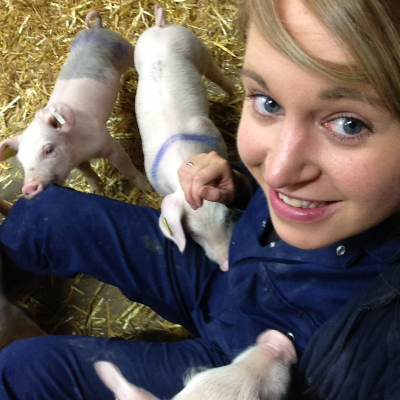CIEL | Meet the Scientist
Professor Jasmeet Kaler
Professor of Epidemiology and Precision Livestock Informatics | Ruminant population health group lead | Director of Equality Diversity and Inclusion

What project/s are you currently working on?
There are 4 key areas I am working on across various projects:
- Firstly, is the development of technologies to capture behaviour or physiological parameters. This work is largely funded by industry partners. For example, working to develop a hardware and software solution to automatically capture calf eye temperature using thermal cameras.
- Secondly, I am working on two projects (funded by BBSRC and Innovate UK) utilising wearable and non-wearable technologies for quantifying inter- and intra-individual variation among a range of behaviours in calves and sheep. Understanding these differences allows us to further study causes and consequences of such variation and utilise some of these behaviour traits to predict health, welfare and productivity on-farm.
- Thirdly, we are developing different machine learning algorithms for the prediction of diseases. One such project, funded by industry partner CRV and in collaboration with NEDAP, involves building algorithms for the prediction of lameness in cows, particularly claw horn disruption lesions (CHDL). The project is using close to 5 years of data from thousands of Dutch farms and approximately 300,000 cows, providing information on milk infra-red spectroscopy, genetic parameters, sensor data on individual cow behaviour as well as CHDL, other health production and reproduction parameters.
- Finally, I have just started working on a 5 year, 9.9M Euro Horizon 2020 project named DECIDE which is a large multi-disciplinary project involving 19 European academic and industry partners focusing on non-EU-regulated contagious animal diseases (gastro-intestinal or respiratory tract of calves, pigs and poultry and mortality in salmonids). The project will develop data-driven decision support tools for the early detection and control of disease, along with their implications in terms of disease spread, economic burden and animal welfare. I am co-leading a work programme, and in particular will lead the development of a ‘Living Lab for Precision Technologies’, utilising a range of social science methods, incorporating and understanding stakeholder decision making in the use and creation of data tools and technologies. This will allow us to co-create tools that are useful and usable for our stakeholders.
What capability are you drawing on to deliver the research?
Most of the projects use our state of art facilities, in particular the Youngstock Unit, at the Centre for Dairy Science Innovation (CDSI) developed in partnership with CIEL.
The CDSI is equipped with different hardware and software solutions e.g. cameras, individual animal location and behaviour monitoring, thermal imaging, individualised feed monitoring and environmental sensors. Our portfolio of industrial partnerships and our expertise to co-create technologies and algorithms has meant that in the past few years we have created our own bespoke tools to create multi-data fusion pipelines (that allow us to pre-process data quickly) as well bespoke sensors, not yet commercially available, that allow us to measure novel behaviours. In addition, our flexible housing which allow us to design range of experiments.
We draw on a broad range of expertise and academic skills in our group including clinical expertise, animal health and welfare, computer science, data science, mathematics and social sciences.
What would be your ideal research project, assuming no barriers!
My ideal project will be a large-scale study in calves that uses multi-sensor/technologies machine learning for behaviour traits assessments, to quantify individual variation, and then study causes and consequences (e.g prediction of health, welfare etc.) of inter- and intra-individual variation. We have identified some novel behaviour traits in our preliminary work that we believe could be linked to personality and it would be great to collect data long-term and in different contexts to test this further. The findings of this would then be used in terms of management decisions or interventions that takes into account this knowledge.
How did you arrive at doing what you do now?
I grew up and did my vet degree in India and then did a masters in veterinary epidemiology at Royal Veterinary College and a PhD on lameness in sheep at the University of Warwick. I followed this with a year and half-long postdoc on mathematical and epidemiological modelling and also learning and applying social science methods to explore stakeholder decision making. I then began an academic position at the University of Nottingham.
My inter-cultural experience and understanding of disease and management of animals in different continents has given me unique understanding of issues and sparked my interest in solving problems using inter-disciplinary and trans-disciplinary approaches, alongside my passion to improve animal health & welfare and make a difference at stakeholder level. My skillset and expertise in wide range of disciplinary methodologies and my collaborations with a wide range of stakeholders globally, academic disciplines, and industry has allowed me to be creative and innovative in my research.
I value diversity of thinking & approaches and thoroughly enjoy this in my roles as a Professor, as lead of the Ruminant population health group and Faculty of Medicine and Health Science at the University of Nottingham, and as a Director for equality diversity and Inclusion.
What is your favourite technological innovation that you have worked on?
It would have to be the development of wearable sensors for the automatic detection of lameness in sheep. It’s actually quite close to me as my PhD contributed to the development of best practice for managing lameness in sheep which relies on early diagnosis and treatment. As sheep are ‘prey’ animals they often mask signs of lameness. I could see that the development of an automatic detection tool would be a step change and much needed tool for industry. Another reason this innovation is my favourite is because of how much I learned from this project. I remember travelling to Ireland to pitch this idea to global research organisation Intel Labs and was thrilled to secure the collaboration with Intel. We worked from scratch to develop the hardware as well as algorithms for different behaviours and automatic lameness in sheep. The hardware had a pattern-matching engine which meant we were able to embed our algorithm on to the device. It not only led to high quality publications but also a first prototype sensor for sheep lameness detection. I thoroughly enjoyed this project and working with my colleagues from Intel.
Find out more about our Founding Research Member, the University of Nottingham.







